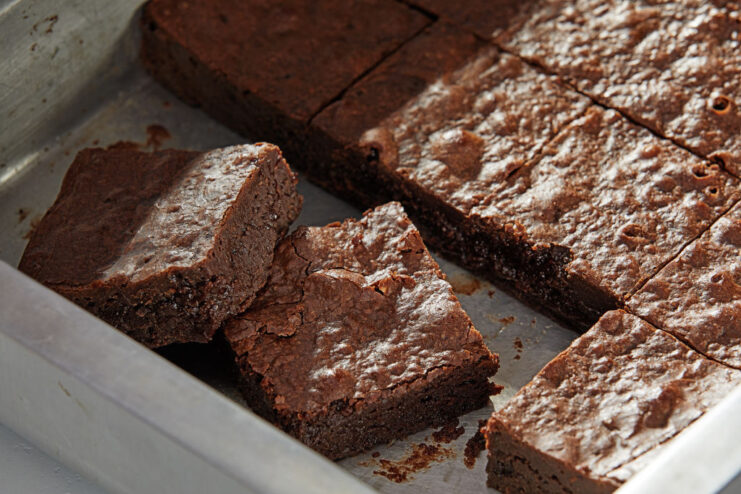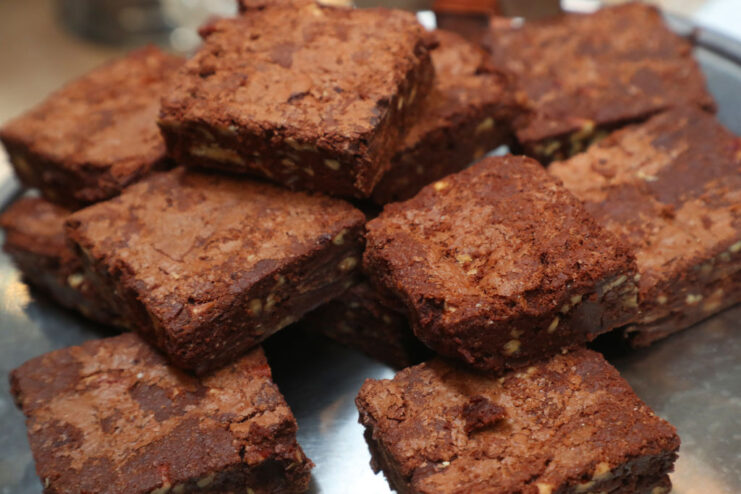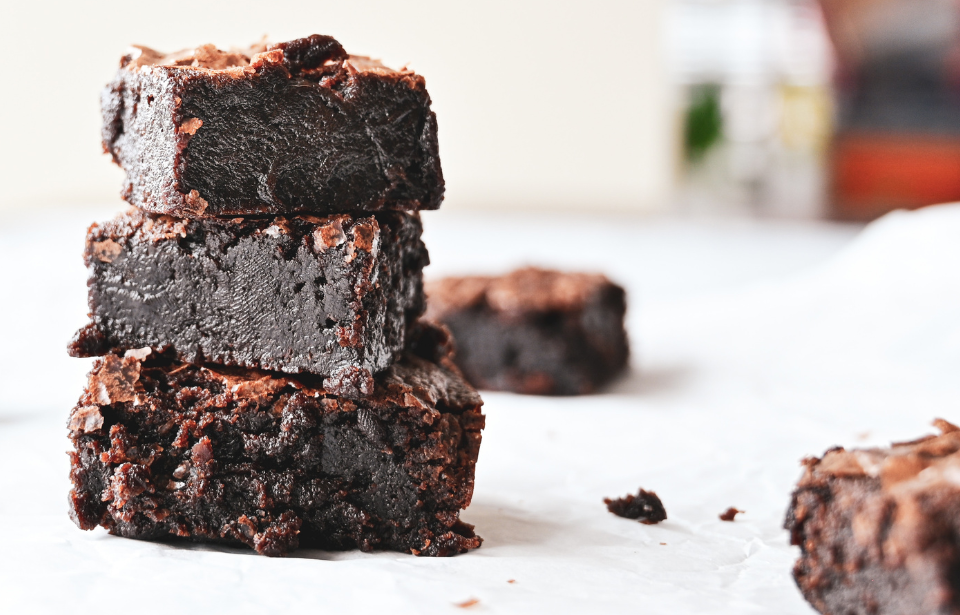The US military is famous for its ability to have a plan for every single scenario imaginable; whether that be nuclear deterrents; a war on its own soil, the need to defeat its allies, if necessary; or nuclear submarines silently patrolling an adversary’s oceans, the United States has it covered. This meticulous planning even extends to food, with the US Department of Defense in possession of a 26-page chocolate brownie recipe.

This extensive recipe goes into great length, covering all the bases for producing this yummy treat. Being a military document, it’s formally written, something that feels natural when explaining how to field strip and assemble a rifle, but becomes slighting eerie when aggressively detailing the amount of sugar needed for a batch of brownies.
If we’re being honest, this recipe is more akin to assembling a nuclear bomb than mixing up a batch of brownies.
Do you think a simple hit on the side of a mixing bowl is the way to crack an egg? Well, think again. As the Department of Defense states in its brownie recipe, “The whole eggs shall be egg whites and egg yolks in their natural proportions as broken directly from the shell eggs as evidenced by a USDA Egg Products Inspection Certificate.”
That’s not all, as you may use liquid, frozen or whole eggs – the choice is yours! “Whole eggs may be liquid or frozen and shall have been processed and labeled in accordance with the Regulations Governing the Inspection of Eggs and Egg Products (7 CFR Part 59),” the recipe states.

That seems very manageable, and we’re glad we can keep these liquid eggs for over 73 hours after pasteurization, right? Wrong! It continues, “Liquid whole eggs shall be held at a temperature of 40°F or lower and shall be held for not more than 72 hours from the time of pasteurization until the start of formulation of the product in which they are used.”
Frozen eggs come with equally threatening instructions.
“Frozen whole eggs shall be held at 10°F or lower and used within 120 days from the date of production. The whole eggs shall be free from off-odors and off-flavors, such as sulfide-like, fruity, sour, musty, or metallic, and shall be free from foreign materials.”

Okay, so eggs are very particular, but surely adding fat will be much simpler, right? Not necessarily, as the Department of Defense explains, “Shortening shall be a refined, hydrogenated vegetable oil or combination of refined vegetable oils which are in common use by the baking industry. Coconut and palm kernel oils may be used only in the coating.”
On top of this, the recipe states that the shortening shall have a stability of “not less than 100 hours,” and that it “may contain alpha monoglycerides and an antioxidant or combination of antioxidants,” as permitted by a host of government agencies.
Understood.

Now, we have your eggs, our shortening and the rest of the ingredients. Can we put them in the oven and eat them yet? Not quite.
After pouring the batter into the pan “at a rate that will yield uncoated brownies,” we must bake for 30-45 minutes until done. Once they’re baked, we must check that their moisture content is no more than 8.0 percent. Otherwise, we must complete 150 press-ups (just kidding).
The brownies are nicely baked, have the appropriate moisture content and look delicious, but before we can eat them, they must be “completely enrobed with a continuous uniform chocolate coating,” in an amount “no less than 29 percent by weight of the finished product.”
Bon appétit!

This brownie recipe from the Department of Defense and its products are subject to such intense scrutiny, in part, because it’s the military, but mainly because the treats have to be able to survive the rigors associated with active service. These brownies are able to last up to three years, so they require very specific ingredients to make this happen.
A military official once said of the brownies, “What would happen if you cooked a meal, stored it in a stifling hot warehouse, dropped it out of an airplane, dragged it through the mud, left it out with bugs and vermin, and ate it three years later?”
More from us: The Story Behind Radar’s Departure From ‘M*A*S*H’
In the case of these brownies, they should be perfectly edible.
